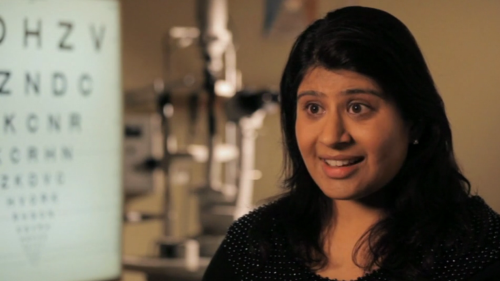General
![]()
![]()
![]()
No CPD Points

This course looks in broad terms at the four main ethnic groups in the UK and the predominant eye conditions found within each group, as well as some of the less common conditions that may be encountered.
It provides help and guidance on building competence with cultural issues and how key principles can be applied in everyday practice. Dramatised scenarios, commented upon by experts in the field combined with real life case studies, help to demonstrate how cultural competence and awareness of the local community can help to significantly improve the care and service that optometrists provide to their patients.
First published: March 2015
Last reviewed: September 2016